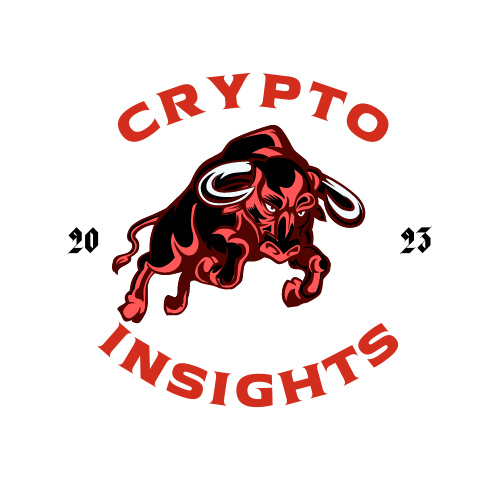In a sweeping move that aims to reshape the landscape of finance, Robinhood has submitted a thoughtful proposal to the U.S. Securities and Exchange Commission (SEC) for a federal framework to regulate tokenized real-world assets (RWAs). According to estimates, this sector could represent a staggering $30 trillion market, begging the question: is the financial world ready for such a metamorphosis? While Robinhood’s intentions are commendable, they illuminate the fragmented nature of asset regulations in this rapidly-evolving digital age.
The essence of Robinhood’s filing rests on the premise that digital tokens—representing traditional financial instruments such as equities, bonds, and even real estate—should be recognized equivalently to the assets they emulate. The current regulatory environment is bogged down by inconsistencies, a reality that the company laments in its 42-page document. Here lies the opportunity: modernizing asset issuance, trading, and settlement utilizing blockchain technology can provide a more transparent, accessible, and efficient marketplace.
A Unified Framework: The Call for Clarity in Regulation
Robinhood advocates for a unified national framework for tokenized securities, fragmentary systems that presently operate in isolated pilots may soon become a relic of the past. This call for a standardized compliance model resonates profoundly within the financial community. Multi-tiered regulatory sandboxes have proven to inhibit growth and swift adaptation to market demands. Why should broker-dealers juggle between parallel systems? A streamlined approach could fortify investor confidence and solidify compliance, fostering a trustworthy environment for institutional players.
The initiative also introduces a game-changing platform, the Real World Asset Exchange (RRE), which proposes off-chain trade matching alongside on-chain settlement. It aims to combine traditional and digital methodologies to offer exciting opportunities for stakeholders. By incorporating third-party Know-Your-Customer (KYC) and Anti-Money Laundering (AML) protocols through established providers, the initiative not only embraces innovation but also emphasizes the importance of compliance with global standards.
Yet, the key question looms large: will regulators embrace this framework or dismiss it as another tech-fueled fantasy devoid of substantive backing? If successful, it could eliminate existing legal ambiguities about asset ownership—a complication that has clouded the cryptocurrencies and digital token space. The Robinhood proposal advocates for classifying tokenized assets as direct representations rather than derivatives. This is a critical distinction that can define how these digital instruments are treated under existing securities laws.
Bridging Traditional and Digital Finance
Robinhood, previously observed predominantly as a retail trading platform, is ambitiously repositioning itself as a pioneer in regulatory infrastructure aimed at converging traditional finance with the blockchain-centric approaches of the future. This bold maneuver may attract much-needed institutional interest into the tokenization space, enabling a harmonious and scalable path toward on-chain financial transactions within the U.S. regulatory framework.
By fostering an ecosystem that encourages collaboration among regulatory entities, financial institutions, and technological innovators, Robinhood’s proposal could be timely. Institutions have long been apprehensive, often hesitant to dive headfirst into what many view as a murky landscape of digital assets. The amalgamation of digital assets and established compliance standards offers a remedy for those concerns, which could be a catalyst for massive institutional investment.
However, Robinhood faces significant challenges ahead. The SEC’s response to this filing is paramount and could serve as a litmus test for the future of asset-token equivalence. It is one thing to propose a new framework; it is quite another to convert that proposal into actionable regulations that can withstand the complexities of the current financial environment.
A Cautious Optimism
While Robinhood’s ambitious goals and detailed strategy suggest that the company is serious about driving real change, market dynamics and regulatory stipulations can yield unpredictable outcomes. As opinions within the regulatory body remain divided, achieving success will require more than compliance frameworks; it will demand a demonstration of both utility and security at scale.
The possibility of navigating legal frameworks might be the elixir the digital finance world needs. Robinhood’s proactive stance not only seeks to unify the discord but also attempts to rekindle confidence in the tokenized financial sector—confidence that was so eagerly shattered during cryptocurrency’s tumultuous phases. In an era where innovation is routinely met with regulatory resistance, Robinhood’s initiative is a shining example of the constructive dialogue necessary to draw the future of finance closer to reality.

